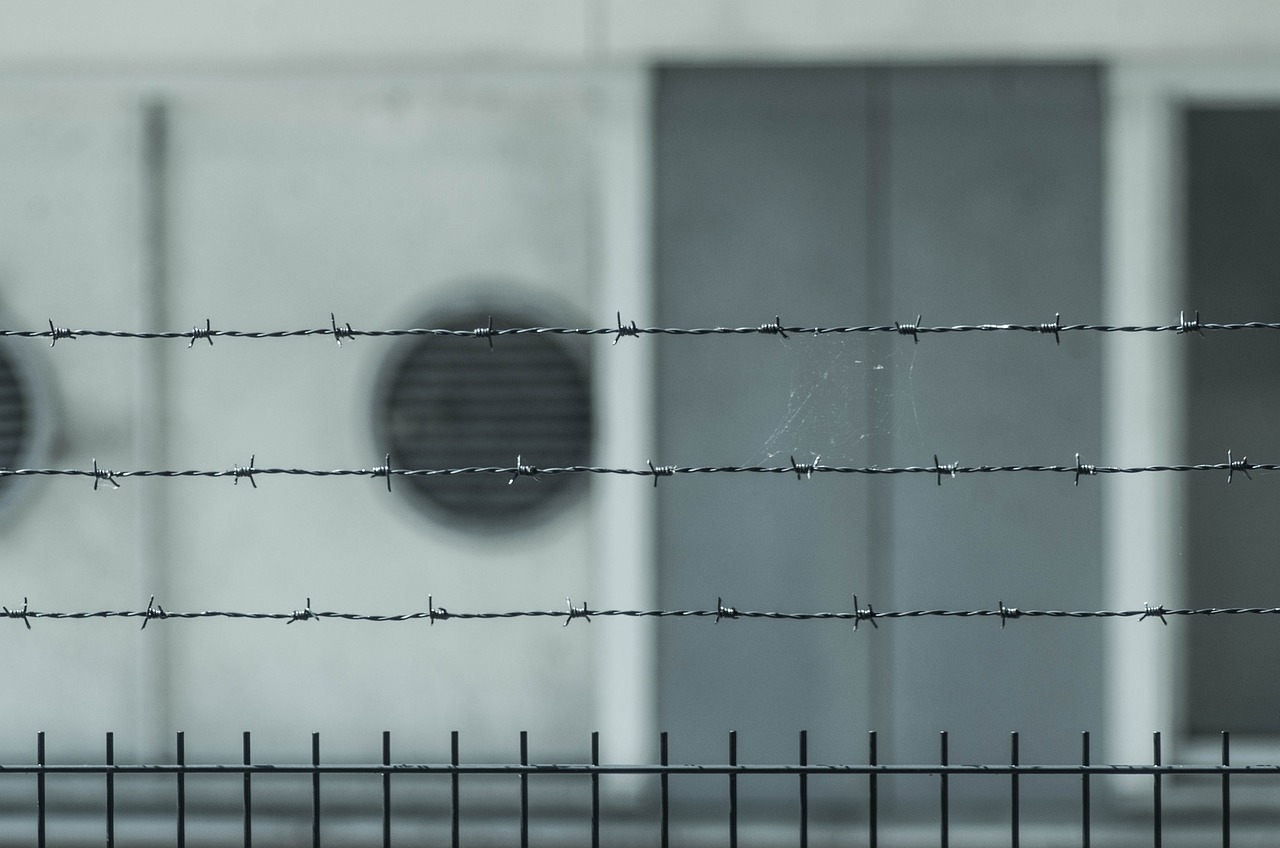- Most Infamous Terrorist Leaders in History - April 22, 2025
- From Bamboo to Billions: How Smugglers Exploit China’s Wildlife Trade - April 10, 2025
- Environmental Corruption in South America: Nature for Sale - April 10, 2025
Understanding Organized Crime

Organized crime is a term that encompasses various criminal organizations engaging in illegal activities for profit. These groups are often shrouded in secrecy and can be incredibly sophisticated. They employ a range of methods to infiltrate legitimate businesses, making it challenging for authorities to trace their activities. Whether it’s drug trafficking, human trafficking, or extortion, these activities can lead to substantial financial gains for the organizations involved. The allure of quick money attracts many, making organized crime a persistent issue in many societies. Despite their illegal nature, these groups often operate with a level of professionalism that mirrors legitimate businesses, making them a formidable adversary for law enforcement.
Methods of Infiltration

Organized crime groups are adept at infiltrating legitimate businesses through various strategies. One common method is the creation of shell companies, which are essentially businesses that exist only on paper. These entities are used to launder money, making illicit profits appear legitimate. Additionally, these groups often invest in cash-intensive businesses like restaurants and bars, allowing them to blend illegal earnings with lawful income seamlessly. This integration makes it difficult for authorities to differentiate between legal and illegal funds. The subtlety and complexity of these tactics make it challenging for law enforcement to pinpoint and dismantle these operations.
Money Laundering Techniques

Money laundering is a key component of organized crime’s strategy to infiltrate legitimate businesses. Techniques such as layering involve moving illicit funds through a series of transactions to disguise their origin. Another method, known as integration, reintroduces these funds into the economy as legitimate earnings. The Financial Action Task Force (FATF) estimates that the global money laundering market ranges between $800 billion and $2 trillion annually. These staggering figures illustrate the scale at which organized crime operates. The sophistication of these techniques makes it imperative for law enforcement agencies to constantly evolve and adapt their strategies.
The Role of Corruption

Corruption is a significant facilitator in the infiltration of organized crime into legitimate businesses. Criminal organizations often resort to bribery or intimidation to gain access to sensitive information or to ensure that their activities remain unchecked. Transparency International reports that countries with higher levels of corruption tend to experience more significant criminal activity. This correlation highlights the need for robust anti-corruption measures to prevent organized crime from gaining a foothold in legitimate sectors. The insidious nature of corruption means that it often goes unnoticed until it has deeply embedded itself in the system.
Case Studies of Infiltration

Several high-profile cases reveal the extent to which organized crime has infiltrated legitimate businesses. The Italian Mafia, for example, has been known to invest in sectors like construction and waste management. These industries serve as fronts for their criminal operations, allowing them to mask illegal activities under the guise of legitimate business. Similarly, the Russian Mafia has been linked to finance and real estate, showcasing the diverse methods of infiltration employed by these organizations. These case studies serve as cautionary tales, highlighting the need for constant vigilance and robust enforcement measures.
Impact on Local Economies

The infiltration of organized crime into legitimate businesses can have devastating effects on local economies. It creates an uneven playing field, as legitimate businesses struggle to compete with those backed by illicit funds. This unfair competition can stifle innovation and growth, leading to economic stagnation. Additionally, communities may face increased violence and instability as criminal organizations vie for control over their operations. The ripple effects of organized crime can be felt far beyond the businesses they infiltrate, impacting the social and economic fabric of entire regions.
Law Enforcement Challenges

Law enforcement agencies face significant challenges in combating organized crime’s infiltration into legitimate businesses. The complexity and sophistication of these operations make detection and dismantling a daunting task. Organized crime groups are highly adaptive, quickly changing their methods to evade law enforcement. According to the FBI, the use of technology and sophisticated tactics further complicates efforts to combat these organizations. This constant game of cat and mouse requires law enforcement to be innovative and proactive in their strategies.
Preventive Measures

To combat the infiltration of organized crime, businesses can implement a range of preventive measures. Conducting thorough background checks on partners and employees is crucial. Monitoring financial transactions for suspicious activity can help identify potential red flags early on. Establishing strong compliance programs ensures that businesses adhere to legal and ethical standards. The U.S. Department of Justice emphasizes the importance of vigilance and proactive measures in mitigating the risks associated with organized crime. These steps can make it significantly more challenging for criminal organizations to gain a foothold in legitimate sectors.
The Role of Technology

Technology plays a dual role in the infiltration of organized crime into legitimate businesses. On one hand, it provides criminals with new tools for conducting illicit activities. On the other hand, it offers law enforcement new ways to track and investigate these operations. The use of data analytics and artificial intelligence can help identify patterns of behavior that may indicate organized crime involvement. By leveraging technology, authorities can stay one step ahead of criminal organizations, disrupting their operations before they can take root.
Conclusion

The infiltration of organized crime into legitimate businesses is a complex issue that requires a multifaceted approach to combat. By understanding the methods used by these organizations and implementing preventive measures, businesses and law enforcement can work together to mitigate the risks and protect the integrity of the economy. The ongoing battle against organized crime is one that requires constant vigilance and adaptation, but with the right strategies in place, it is possible to safeguard legitimate businesses from this pervasive threat.




